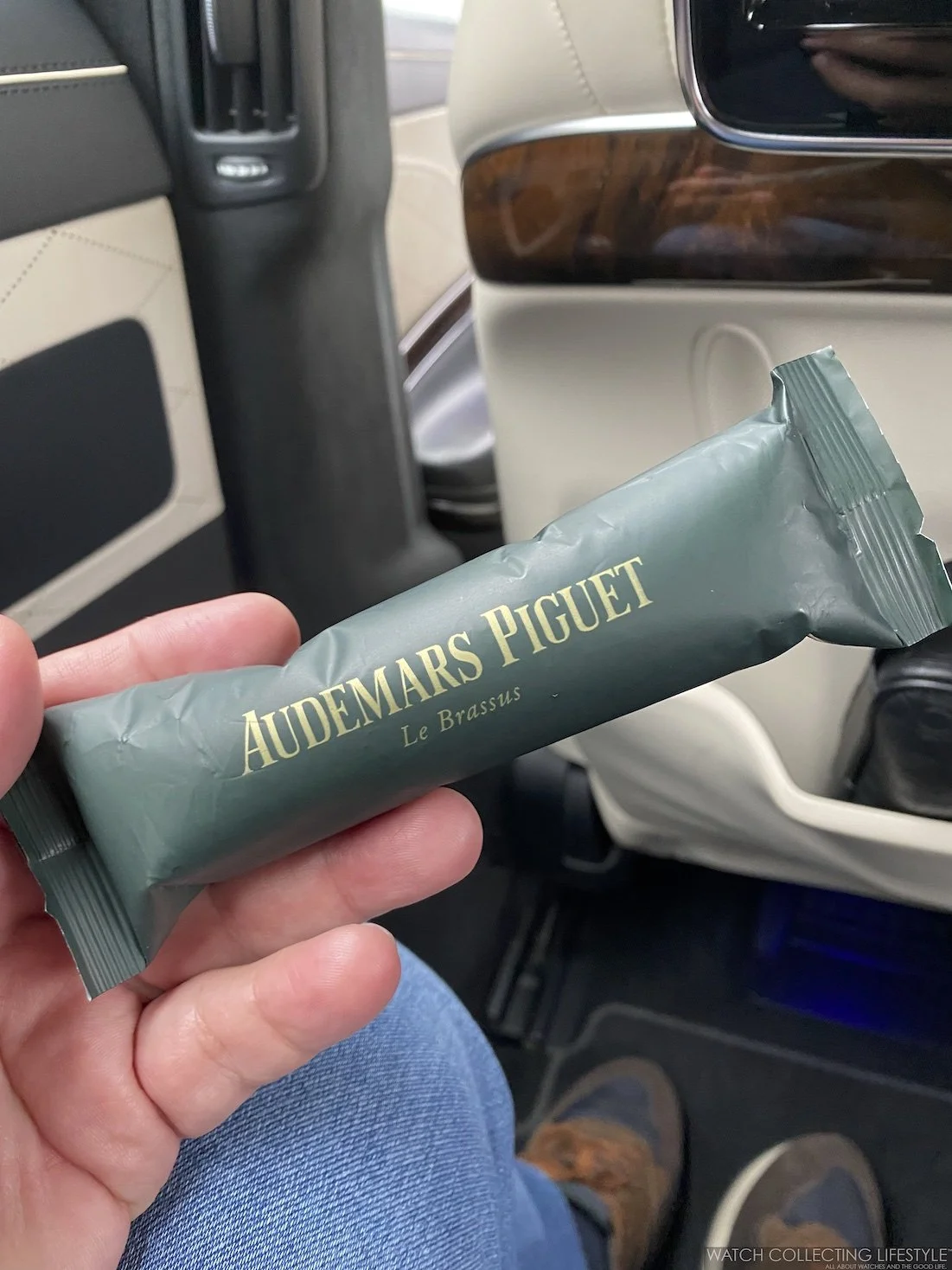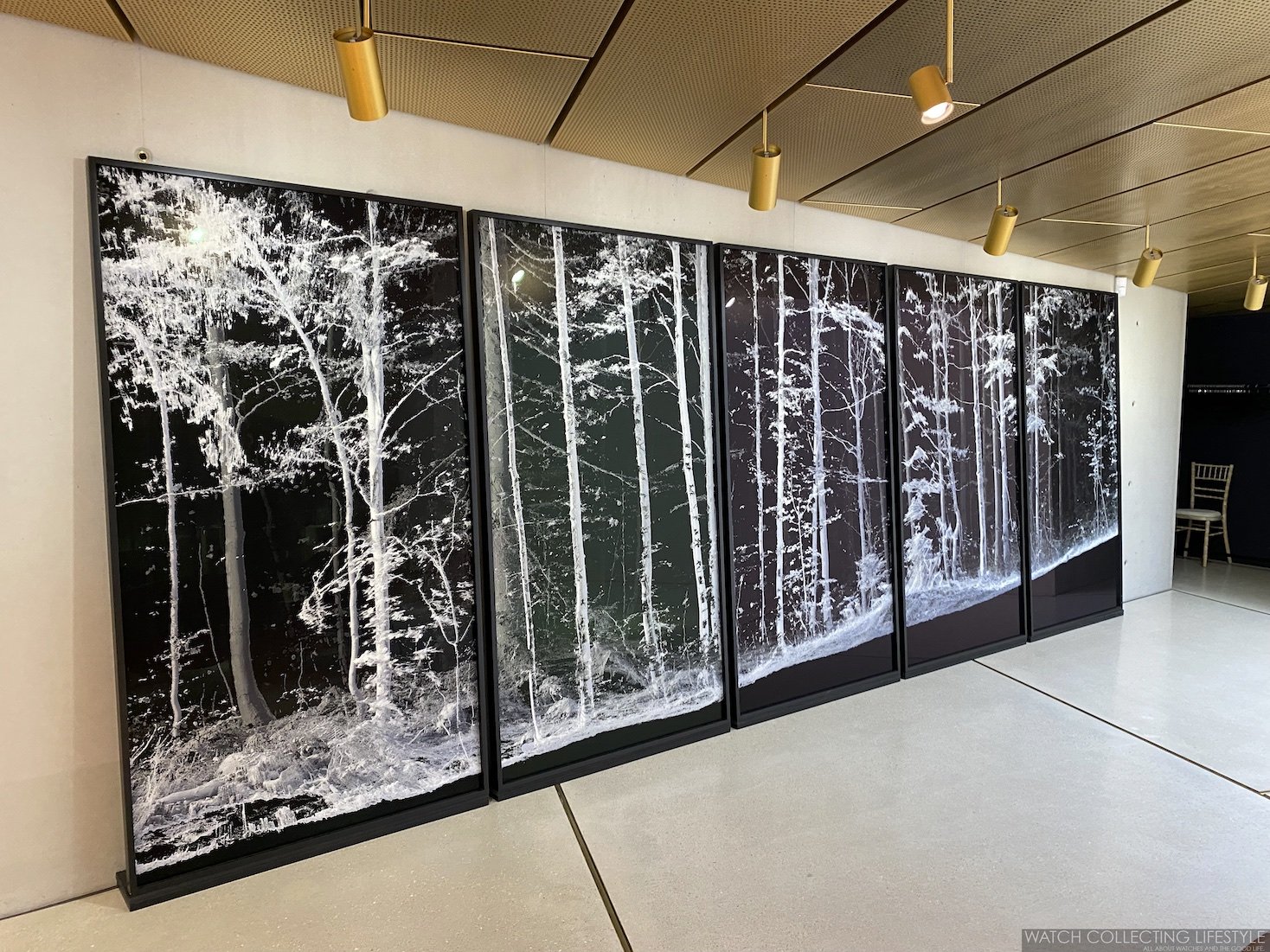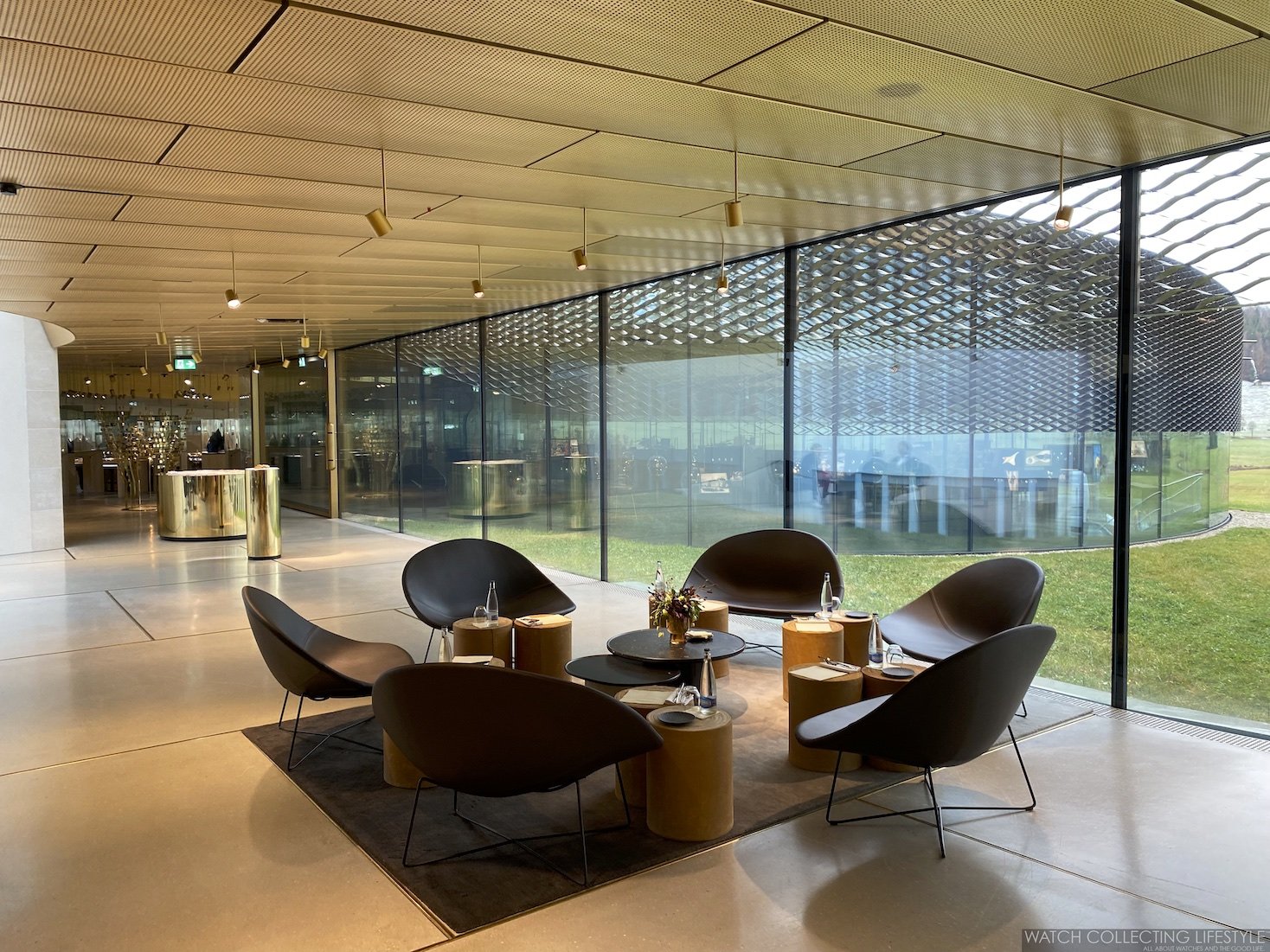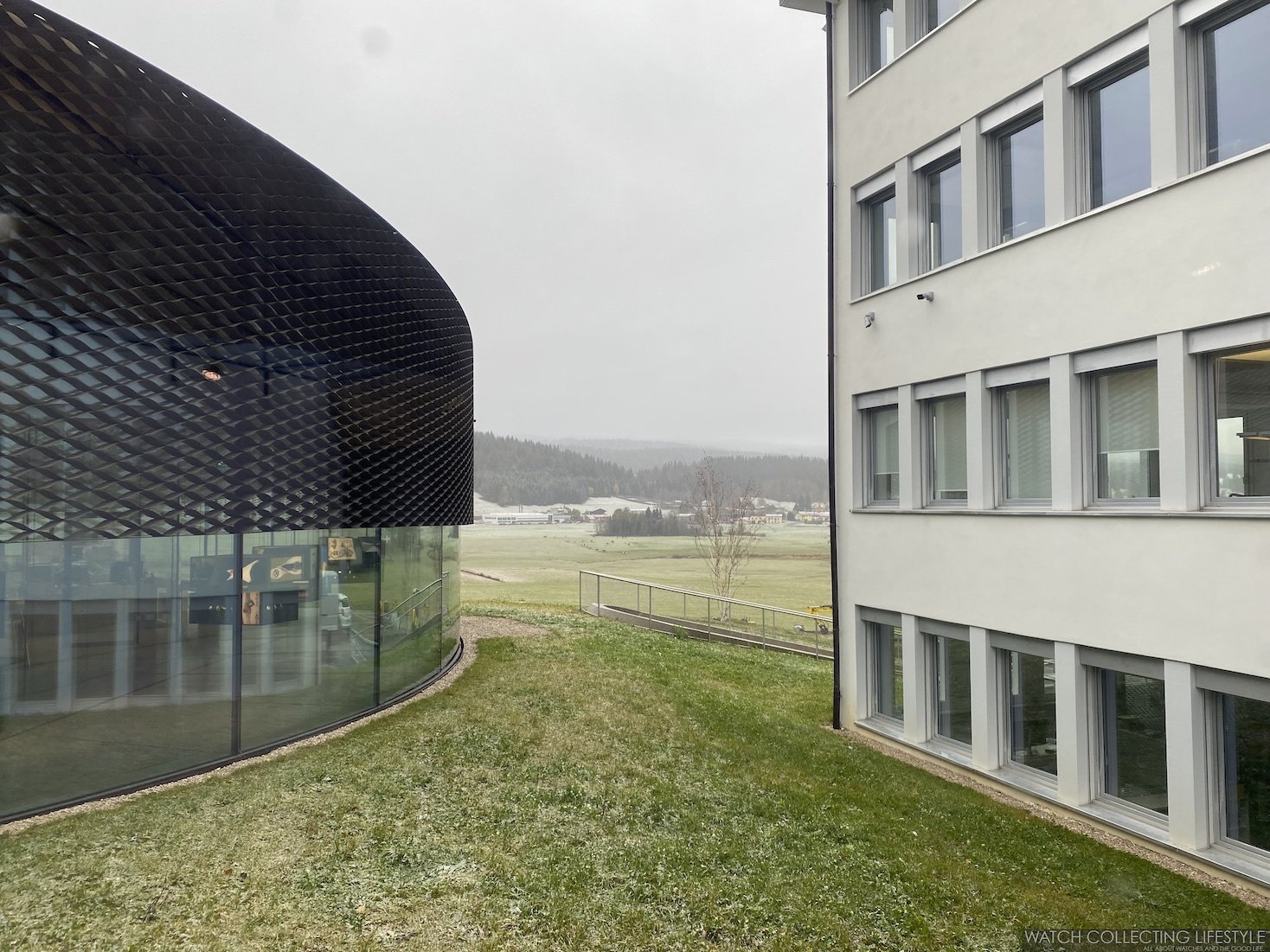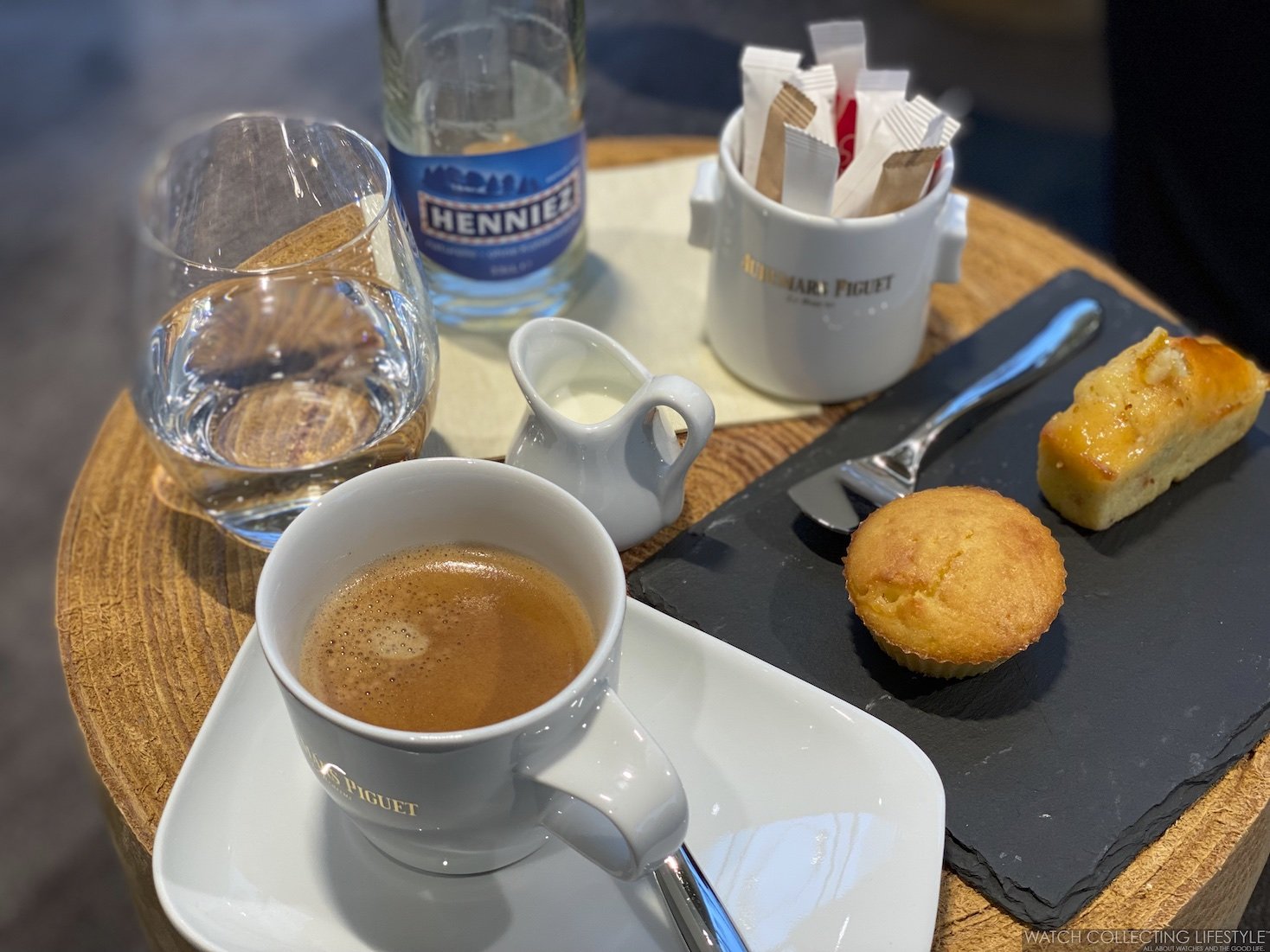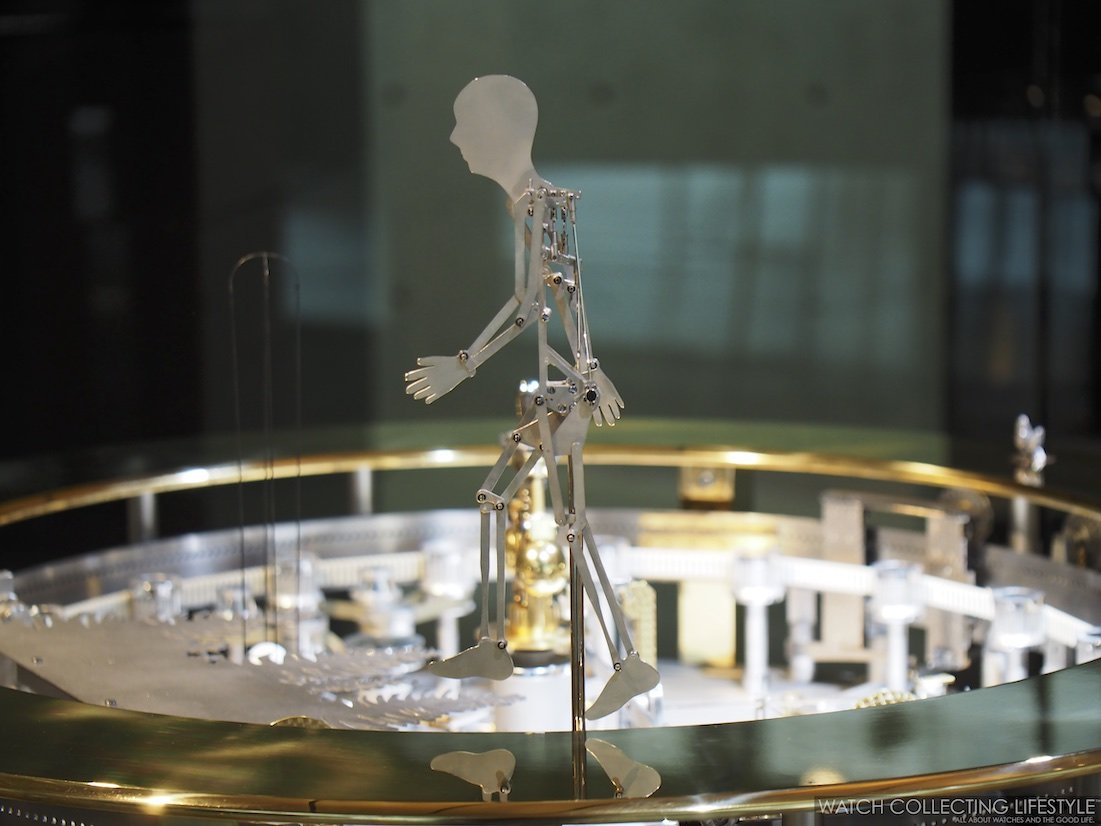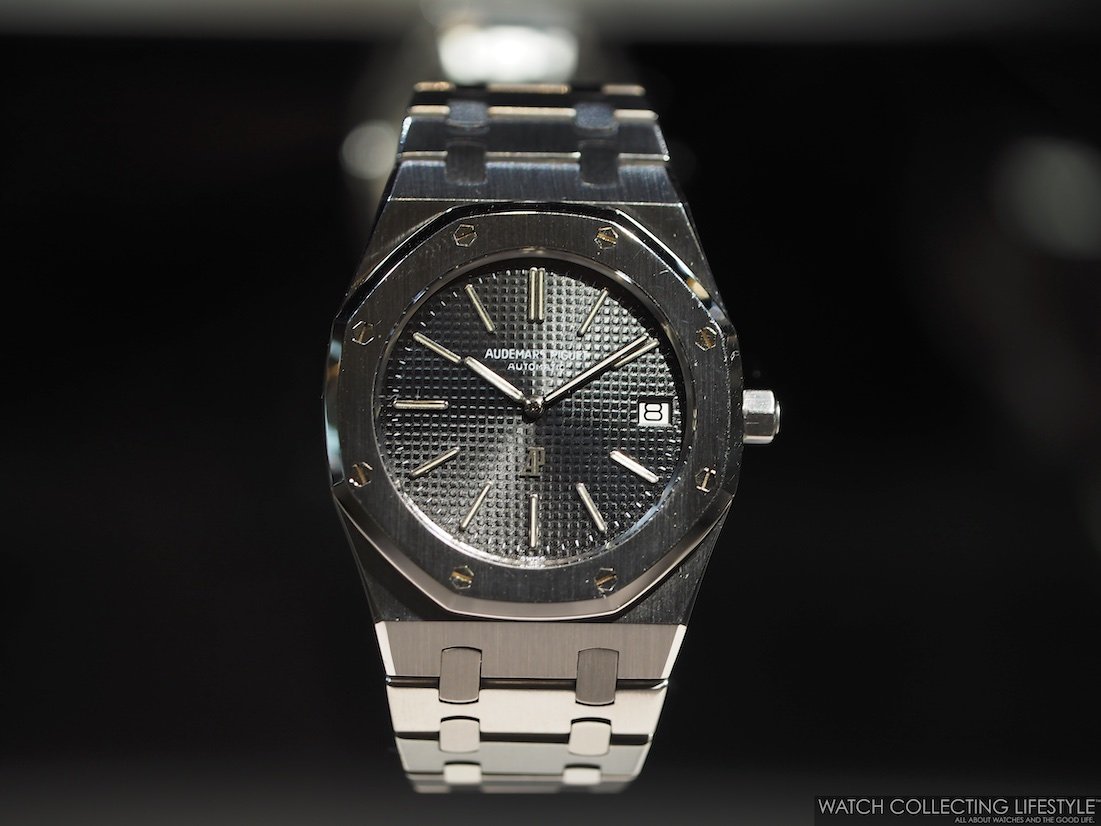Almost a month ago while I was in Geneva attending the GPHG, I finally visited the new Audemars Piguet museum ‘Musée Atelier’. After many visits to Le Brassus and the ‘old Audemars Piguet Museum’, every trip to Le Brassus has its touch of magic and a special charm that is sometimes hard for me to describe. Back in 2013, right after I had just launched WCL, I visited the AP Museum for the very first time. A year later, Audemars Piguet decided to expand the original museum and the idea to create the Musée Atelier Audemars Piguet was born.
The new museum Musée Atelier Audemars Piguet opened to the public in the midst of the COVID-19 pandemic on June 26th, 2020 so I couldn’t attend the opening and visits were very limited —and they still are.
The original museum was nestled in the historical building where Jules Louis Audemars and Edward Auguste Piguet established the manufacture in 1875 and it was a very small, intimate space full of charm that transported you back in time. However, it lacked the necessary space to properly showcase a large number of historical pieces in the museum’s collection. Also, it really wasn’t very functional due to its multi-story layout.
Original Building where Audemars Piguet was Founded in 1875 —Old AP Museum
The old museum building is now connected to the new museum and at the top of this historical building is where the register room, the archives, the Heritage Department, and the Restoration Atelier are located. At the top of this building is where Jules Louis Audemars and Edward Auguste Piguet set their workshop in 1875.
This visit to the Musée Atelier Audemars Piguet in Le Brassus was very special for me not only because I was finally going to be able to visit the new museum, but also because this was my first trip back to Switzerland after the pandemic. I had not been to Switzerland since October of 2019 —days after my seven watches had been stolen— and that particular trip was not very cheerful considering the circumstances around it. This time, it was totally different as being a juror at the 2021 GPHG had put me on cloud nine.
This incredible day started with me joining Brian Duffy —CEO of The Watches of Switzerland Group and Juror at the 2021 GPHG— and Ahmed S. Rahman —Juror at the 2021 GPHG and @time_mechanic on IG— in the S-Class that Audemars Piguet sent to pick us up at the Fairmont Grand Hotel Geneva.
In what I can only refer to as a magical 50-minute drive into Le Brassus, the first snow of the year was coming down hard through the mountainous terrain of the Parc Naturel Régional Jura Vaudois —Regional Natural Park of Jura Vaudois. However, as we finally drove down to the Vallée de Joux and into Le Brassus, the winter wonderland turned into a gorgeous mosaic of autumn colors as we arrived at the Audemars Piguet manufacture.
Audemars Piguet Manufacture in Le Brassus, Switzerland
The Musée Atelier is directly connected to the manufacture entrance and is part of a larger project that will also include the new Hôtel des Horlogers that will open up in 2022. For this ambitious project, AP chose the architectural firm BIG —Bjarke Ingels Group— and the Swiss architecture office CCHE to handle it. The Musée Atelier meets the requirements of the Swiss Minergie certification in terms of energy efficiency and high-quality construction and is one badass building.
After walking into the manufacture, a long corridor that connects both buildings is the first part of the full experience that awaits you. This corridor features benches on one side and a multimedia installation named Subliminal Moving Shapes by Alexandre Joly on the other side. Once you get to the lobby of the Musée Atelier expect to be wowed by Dan Holdsworth’s photograph Vallée de Joux No. 10 and by Quayola’s Remains #A_027. Together, these artworks plunge visitors into the essence and love for the arts of AP. Then, finally after sipping my morning coffee courtesy of Audemars Piguet, my long-awaited journey was about to begin.
The new museum immerses visitors into AP’s past, present, and future and it all starts with a ferrous stone that embodies how watchmaking began in the region and how it all started for AP. Then, a genealogy tree of the founders of AP kicks off the visit. By the way, in case you guys didn’t know, Audemars Piguet is the only watch manufacture that is still in the hands of direct descendants of their founders Edward August Piguet and Jules Louis Audemars.
For the new museum, the space was designed as a contemporary spiral-shaped glass pavilion to complement the company’s oldest building where the original museum was situated.
The museum offers a diverse experience that includes a wide variety of historical timepieces, sculptures, automata, kinetic installations, and large-scale mechanical movements, giving visitors a better understanding of horology and AP’s horological prowess and techniques. Visitors are also invited to try their hands at some of the ancestral techniques perpetuated by Audemars Piguet’s finishing experts, such as satin brushing and circular graining which unfortunately I had no time to experience as the visit was scheduled last minute and all of us had to be back in Geneva before 2 pm.
Audemars Piguet Pocket Watch for Iran’s Royal Court circa 1883
The Musée Atelier has a total surface of 2,500 square meters —26,900 sq ft— with an exhibition surface of 900 square meters —9,687 sq ft. The spiral-shaped pavilion seamlessly rises on walls of structural curved glass. Each glass panel took three weeks to make and you can see it below. There are a total of 108 structural glass panels with a thickness of 12 centimeters —4.7 inches— that support a weight of 470 tons.
As I was walking through the museum, I was blown away by the fact that the curved glass panels entirely support the steel roof. The floors follow different slants to adapt to the natural gradient of the land and the curved glass walls converge clockwise towards the spiral’s center as they would through the spring of a timepiece. An absolute joy to be walking around the spiral while gazing at incredible timepieces that span across 146 years of uninterrupted history.
Platinum Pocket Watch Circa 1952 with the World’s Thinnest Mechanical Movement from 1921
Complementing the display of complicated timepieces, the Musée Atelier Audemars Piguet showcases the Manufacture’s ancestral savoir-faire through two specialized ateliers situated at the heart of the spiral. The first is dedicated to the Grandes Complications, where each watch composed of more than 648 components spends from 6 to 8 months in the hands of a single watchmaker before leaving the workshop.
The second workshop hosts the Métiers d’Art, where Haute Joaillerie creations are conceived and crafted by highly skilled jewelers, gem-setters, and engravers. Looking at the past, present, and future, these two ateliers, where some of Audemars Piguet’s most intricate creations are still produced today, embody the Manufacture’s uncompromising spirit.
Now let me tell you about one of my favorite parts of the museum is the outer part of the spiral where suspended lightboxes with integrated vitrines offer a quick but meaningful journey of the history of Audemars Piguet highlighting their most important milestones and those watches that changed the course of the company. Here is where the real journey into the Royal Oak from 1972 and the Royal Oak Offshore from 1993 takes place.
The Original Audemars Piguet Royal Oak Jumbo ref. 5402ST from 1972
The Original Audemars Piguet Royal Oak Jumbo ref. 5402ST from 1972 alongside its Calibre 2121
The Original Audemars Piguet Royal Oak Offshore ref. 25721ST ‘The Beast’ from 1993
Then on the central part of the spiral and inspired by the solar system, the spherical showcases of this section evoke the astronomical cycles of time at the heart of watchmaking through Audemars Piguet’s history. The astronomical, chiming, and chronograph complications that have been at the core of Audemars Piguet since its establishment are orbiting around the ultra-complicated Universelle pocket watch from 1899.
Audemars Piguet Universelle Pocket Watch from 1899
The showcases spanning over two centuries of history display more than 300 watches, including feats of complication, miniaturization, and unconventional designs. These watches tell the story of how modest 19th-century artisans from an isolated valley produced creations that caught the eye of metropolitan clients abroad. The Manufacture’s complicated masterpieces are located at the center of the spiral, where the architectural intensity is at its peak.
Then in what can only be described as a perfect example of how Audemars Piguet breaks the rules, five glossy black rectangular pillars open up —the top part slowly moves up like the top of a watch box— to reveal the vitrines where the exhibition comes to an end showcasing a very well curated and rich collection of Royal Oak, Royal Oak Offshore, and Royal Oak Concept watches.
Everything from the first Royal Oak Jumbo ref. 5402ST and first Royal Oak Offshore ref. 25721ST to the latest Royal Oak Concept ‘Black Panther’ Flying Tourbillon and everything in between —most important Royal Oak references and most of the limited edition Royal Oak Offshores— is showcased here. Simply hard to find words to describe this area of the museum. If you like AP as much as I do, a visit to the new Museé Atelier Audemars Piguet is a must.
Furthering AP’s cultural and artistic involvement, the Musée Atelier Audemars Piguet will also be exhibiting some of the traveling artworks created by the Manufacture’s commissioned artists. Since 2012, Audemars Piguet has commissioned work from contemporary and their involvement with Art Basel is a perfect example of that.
Finally, after completing the visit to the museum, Audemars Piguet served us a decadent lunch with the best pumpkin soup and turnip salad I’ve ever had. Thank you Audemars Piguet for having me over one more time..
The Musée Atelier Audemars Piguet is located on Route de France 18, in Le Brassus, Switzerland. The museum visits are by appointment only and a ticket must be booked through the museum’s website. Onsite parking is available and the museum is wheelchair accessible.
For more info on Audemars Piguet click here.





